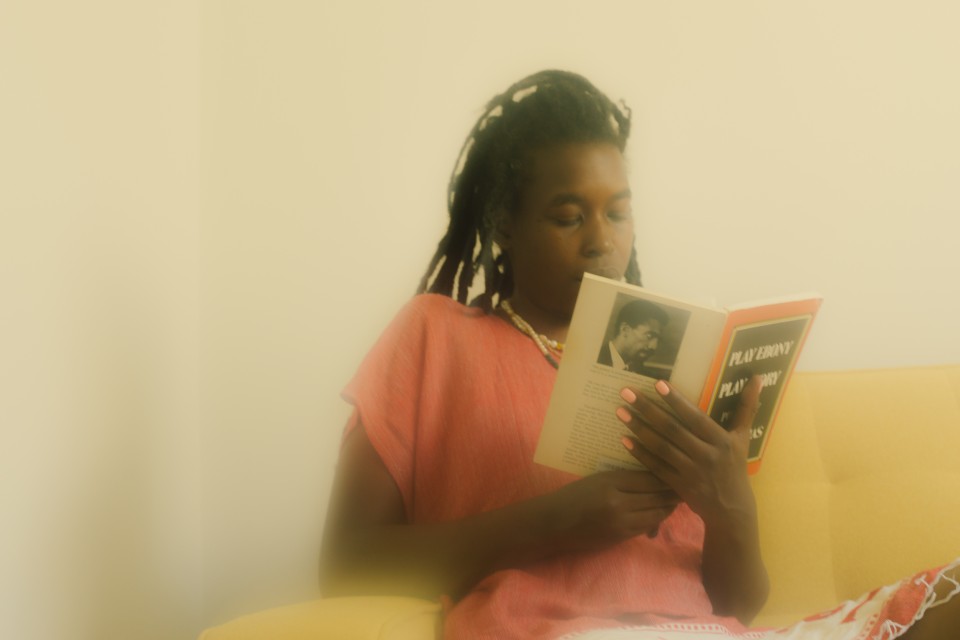A musician, poet, sonic artist, storyteller, and one half of the interdisciplinary artist duo Black Quantum Futurism, she’s someone who can’t be pinned down by a single label.
Ayewa leans into the experimental, and that general ethos weaves through her style, sounds, and performances. She explores science, mathematics, future imaginaries, science fiction, and the past. She is a punk rocker, a jazz musician, and a rapper. Ayewa has something important to say, and she uses her creative talents deftly, communicating across mediums and to different audiences.



